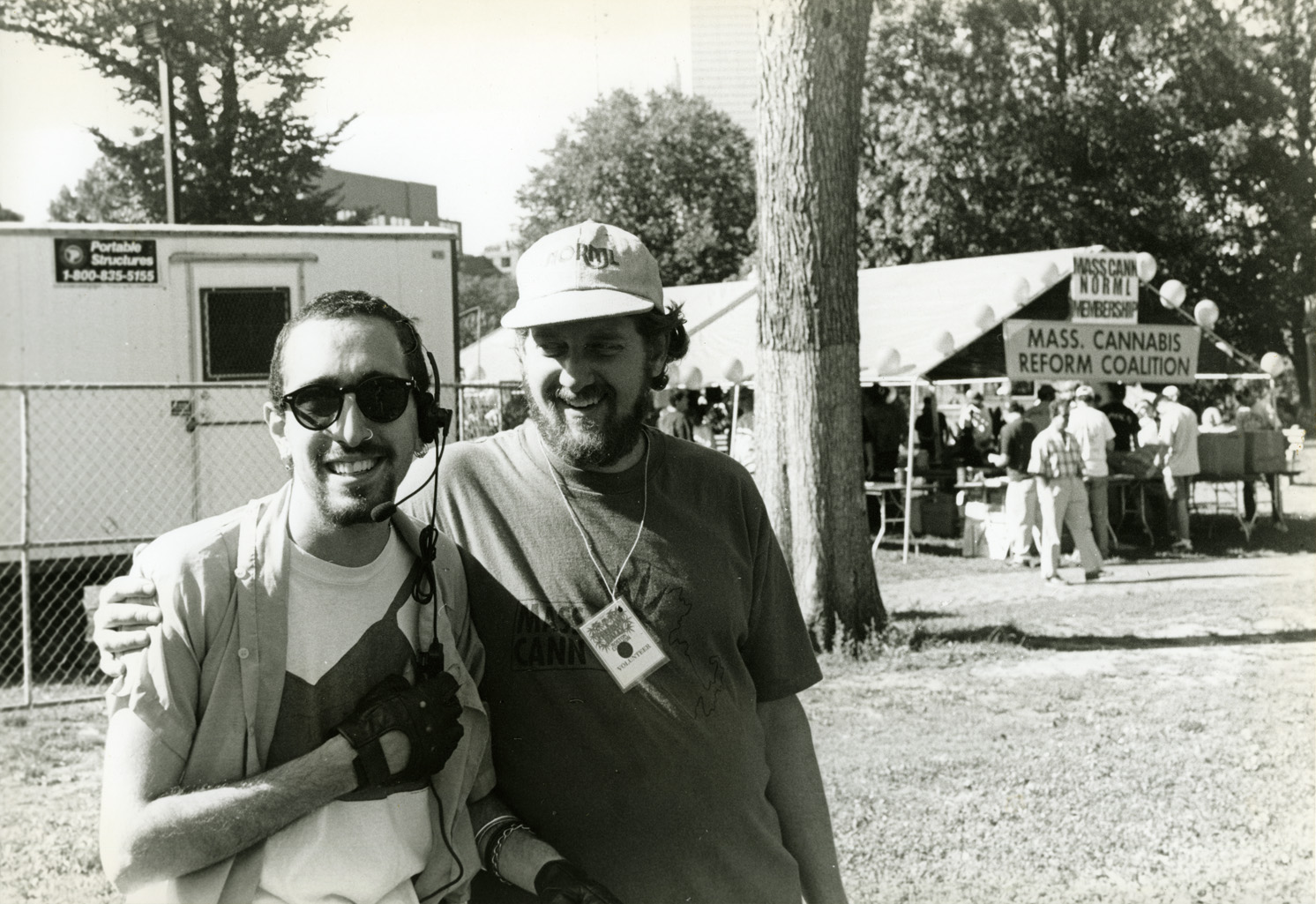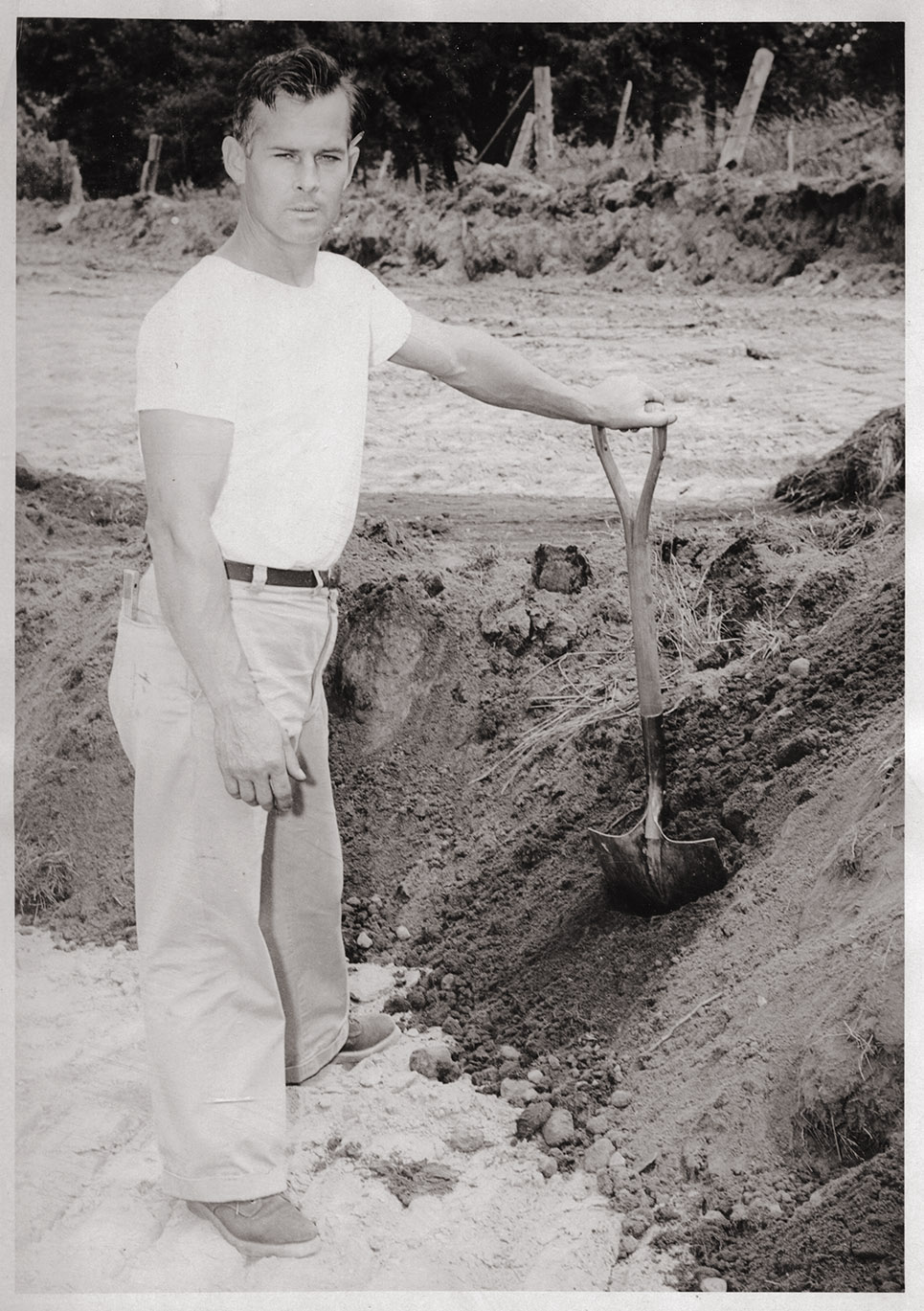Massachusetts Cannabis Reform Coalition (MassCann) Records

The Massachusetts Cannabis Reform Coalition (MassCann) is a state affiliate of the National Organization for the Reform of Marijuana Laws. Founded in October 1990 by a group of Boston-based activists, MassCann is a strictly grassroots not-for-profit group that works to ameliorate laws against the use and possession of marijuana and to raise public awareness about the potential of marijuana and hemp products. In addition to lobbying legislators and promoting ballot initiatives to decriminalize adult possession in the Commonwealth, MassCann sponsors public events, such as the landmark conferences held at Harvard Law School in 1991 and 1994, a series of Tax Day protests (1994-1998) calling for regulation and taxation of marijuana, and most famously the Boston Freedom Rally, the second largest anti-prohibition gathering in the country held annually since 1992.
The MassCann collection documents the work and interests of a grassroots advocacy organization dedicated to ending marijuana prohibition, from oganizational and administrative records relating to events it sponsors, particularly the Boston Freedom Rally, to promotional materials and materials relating to the legal environment, and medical marijuana. The collection also includes a wealth of video, compact discs, and audiotapes documenting MassCann events along with recordings of commerical programming on marijuana.


